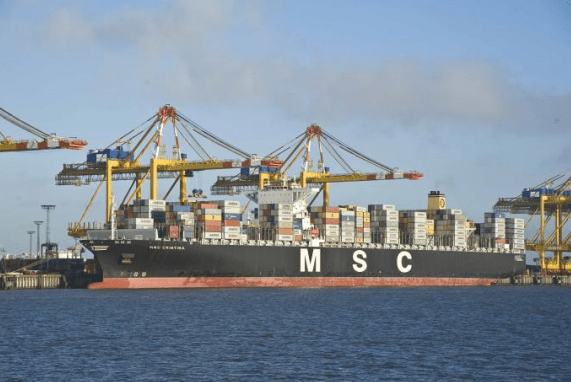The Regulation creating the European Maritime Single Window (EMSWe) environment of the European Union (EU) will be flatly applicable as of August 15, 2025.
In general, the Regulation introduces a legal and technical framework for the electronic transmission of information on reporting obligations regarding ships calling at EU ports.
Its objective is to improve the competitiveness and efficiency of the European maritime transport sector by reducing the administrative burden and introducing a simplified digital information system to harmonize existing national systems and reduce the need for paperwork.
Furthermore, the Regulation maintains the existing national maritime one-stop shop in each EU country as the basis for an EMSWe that is technologically neutral and interoperable.

The environment is complemented by harmonized information communication interfaces, data exchanges through SafeSeaNet and other systems, and services such as a common user registration system, a common access management system and the availability of databases. common.
All data exchanges will be based on a common EMSWe dataset.
Maritime Single Window
Shipping is the backbone of commerce and communications within and outside the single market.
In order to facilitate maritime transport and in order to reduce the administrative burden on shipping companies, the information procedures necessary to comply with the information obligations imposed on such companies by Union legal acts should be further simplified and harmonized , international legal acts and the national law of the member states, procedures that must also be technologically neutral and promote solutions for the communication of information that are viable in the long term.
The main objective of the Regulation is to establish harmonized standards for the provision of the information required at port calls, in particular by ensuring that the same data sets can be communicated in the same way to each national maritime single window.
The Regulation also aims to facilitate the transmission of information between the declarants, the competent authorities and the providers of port services in the port of call and other Member States.
The application of the Regulation must not alter the terms or the essence of the information obligations, nor affect the subsequent storage and treatment of the information at Union or national level.
Greater efficiency
The existing National Maritime Single Window in each Member State should be maintained as the basis for a European Maritime Single Window that is technologically neutral and interoperable.
At the same time, the national maritime single window should constitute a general point of entry for information for maritime transport operators, from which the data collection functions of the declarants are carried out and their transmission to all the relevant competent authorities already port service providers.
In order to increase the efficiency of national maritime one-stop shops and to prepare for their future evolution, it should be possible to maintain the provisions already in place in the Member States that allow such windows to be used for the communication of similar information in relation to other modes of transport, or establish new provisions for this purpose.
In order to facilitate the submission of information and to reduce the administrative burden, it is appropriate to harmonize at the Union level the front-end interfaces of these national maritime points of single contact as regards respondents.
Updates
To make this harmonization a reality, a common interface computer application, developed at Union level, must be applied to each national maritime one-stop shop for the exchange of information from system to system.
According to the regulation, it is appropriate that the Member States are in charge of integrating and managing the interface module, as well as updating the computer application on a regular and timely basis, when the European Commission provides new versions.
It is appropriate for the Commission to develop such a module and provide updates as necessary given the speed with which the development of digital technologies is evolving and since any technological solution could quickly become outdated due to new developments.
Changes and modes of transport
New emerging digital technologies increasingly offer opportunities to increase the efficiency of the shipping industry and reduce the administrative burden.
In order to enjoy the benefits of new technologies as soon as possible, the Commission should be empowered to amend, by means of implementing acts, the technical specifications, standards and procedures of the harmonized information communication environment.
This must be done so that market operators have the flexibility to develop new digital technologies; In addition, new technologies should be taken into account when reviewing these Regulations.

Ports are not the final destination of the goods. The efficiency of the port calls of ships affects the entire logistics chain related to the transport of goods and passengers from and to ports.
In order to ensure interoperability, multimodality and a smooth integration of maritime transport into the entire logistics chain, and in order to facilitate other modes of transport, national maritime points of single contact should provide for the possibility of exchanging relevant information, such as arrival and departure times, with similar schemes developed for other modes of transport.

